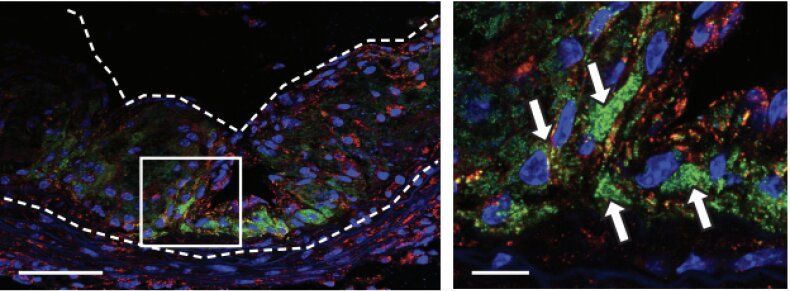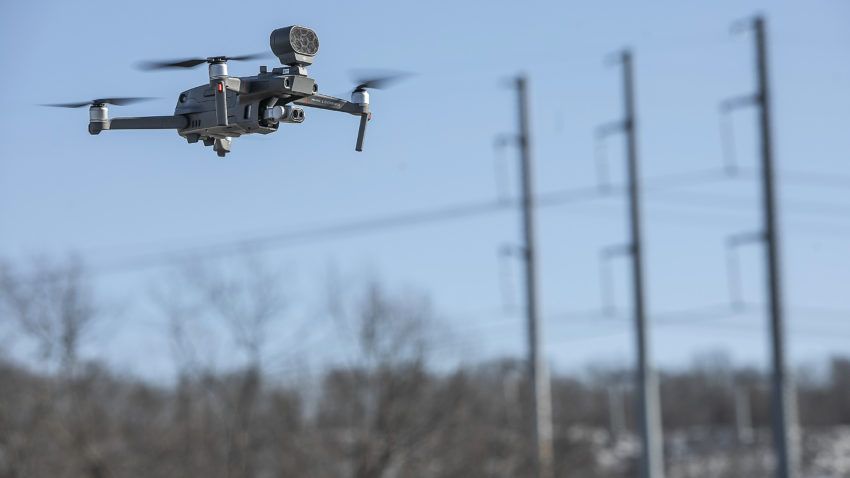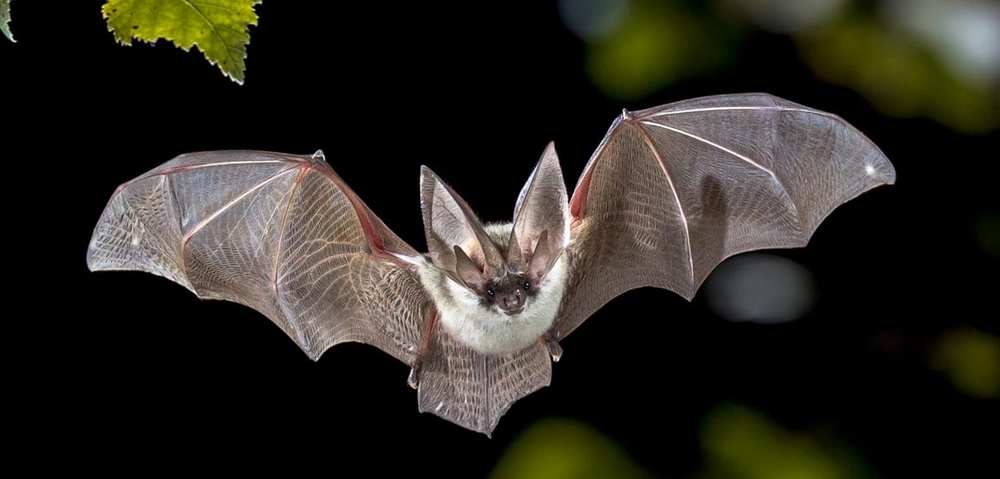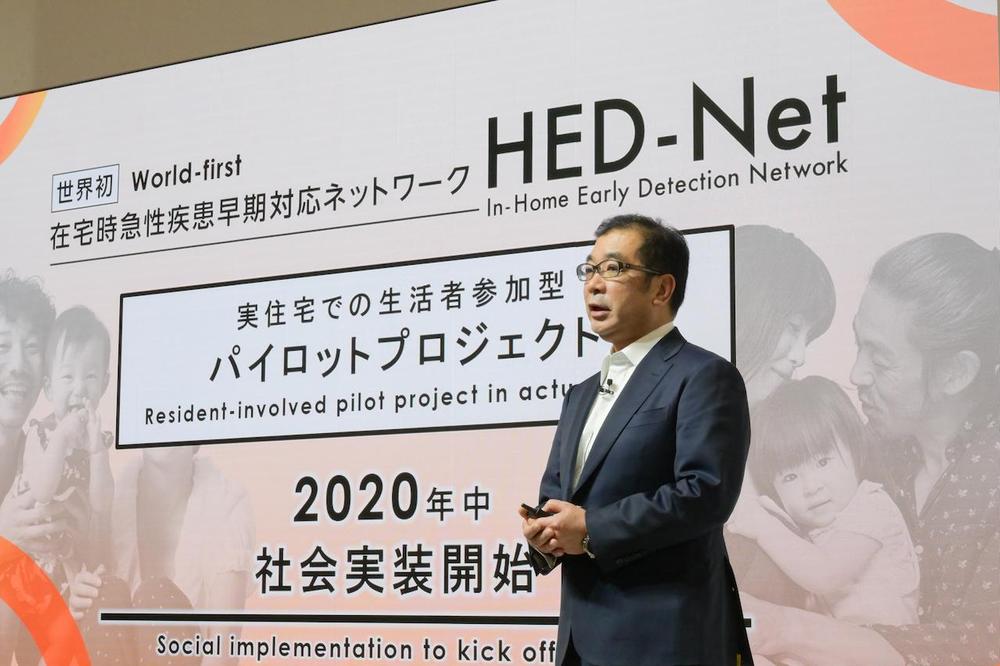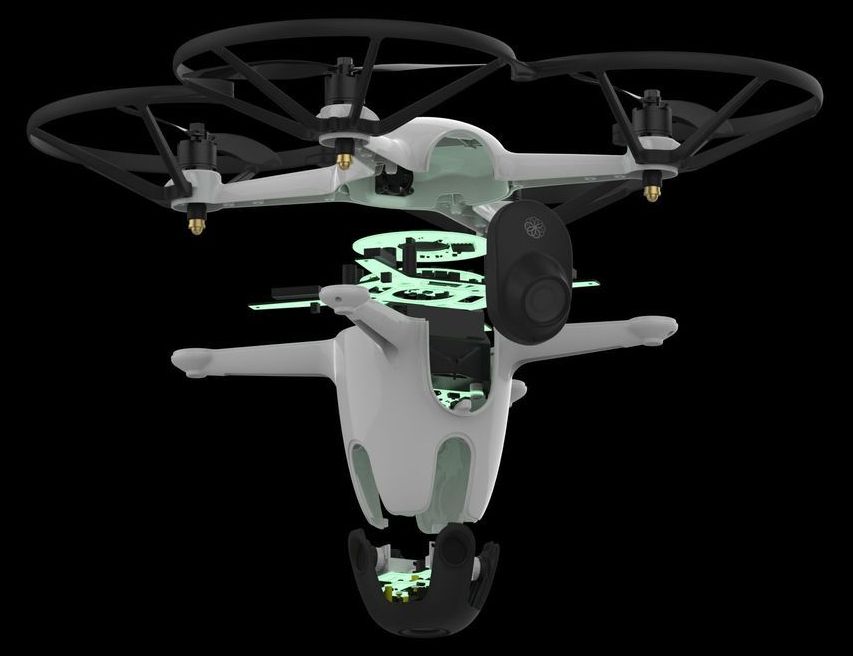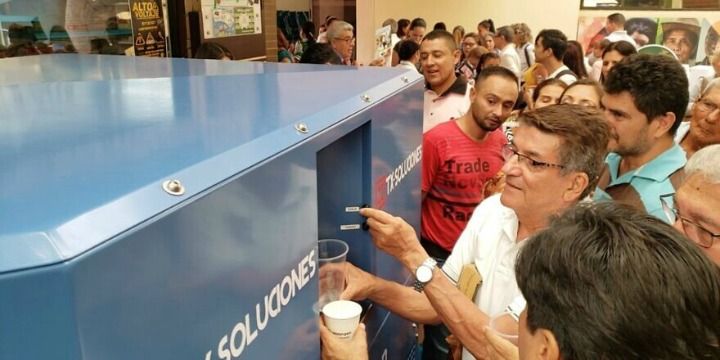Michigan State University and Stanford University scientists have invented a nanoparticle that eats away—from the inside out—portions of plaques that cause heart attacks.
Bryan Smith, associate professor of biomedical engineering at MSU, and a team of scientists created a “Trojan Horse” nanoparticle that can be directed to eat debris, reducing and stabilizing plaque. The discovery could be a potential treatment for atherosclerosis, a leading cause of death in the United States.
The results, published in the current issue of Nature Nanotechnology, showcases the nanoparticle that homes in on atherosclerotic plaque due to its high selectivity to a particular immune cell type—monocytes and macrophages. Once inside the macrophages in those plaques, it delivers a drug agent that stimulates the cell to engulf and eat cellular debris. Basically, it removes the diseased/dead cells in the plaque core. By reinvigorating the macrophages, plaque size is reduced and stabilized.
